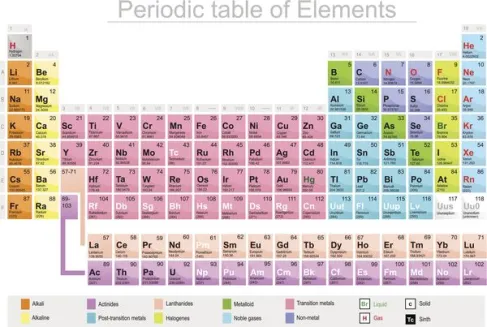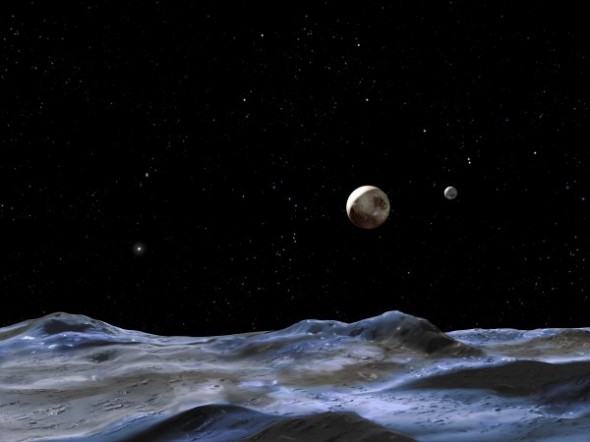My friends and I love anything and everything to do with trivia.
Naturally, we have a team, which competes at a weekly trivia night, and I’m not at all embarrassed to say competition within our group for the right answer can almost be as fierce as that with our actual rivals.
Plus, there’s our love of the Sunday quiz, which can be a battleground all on its own.
Now normally I am pretty good at this, with specialities including the collected episodes of Buffy the Vampire Slayer ancient Sumerian coinage and pottery.
But the last one I tackled stumped me on one particular question – the chemical name for silver. And I had no better luck remembering it than I did at high school.
The answer, of course was Au, but the footnote of the quiz explained the periodic table was, well, periodically updated.
So I decided to find out what the last element added was. And the ever-reliable National Geographic had the answer. Here’s an excerpt..
The new element doesn’t have an official name yet, so scientists are calling it ununpentium, based on the Latin and Greek words for its atomic number, 115.
In case you forgot your high school chemistry, here’s a quick refresher: An element’s atomic number is the number of protons it contains in its nucleus.
The heaviest element in nature is uranium, which has 92 protons. But heavier elements – which have more protons in their nucleus – can be created through nuclear fusion.
The man-made 115 was first created by Russian scientists in Dubna about 10 years ago. This year, chemists at Lund University in Sweden announced they had replicated the Russian study at the GSI Helmholtz Center for Heavy Ion Research in Germany.
Now, element 115 will join its neighbors 114 and 116 – flerovium and livermorium respectively – on the periodic table just as soon as a committee from the International Union of Pure and Applied Chemisty decides on an official name (which, by the way, seems like a pretty political process).
Anyway, the full article has some pretty cool stuff on how scientists make an element and whether you can try it at home. The answer, to give you a hint, is no.
And yes we did look for any sign/mention of adamantium, but sadly came up empty handed.Wolverine would not be impressed.









